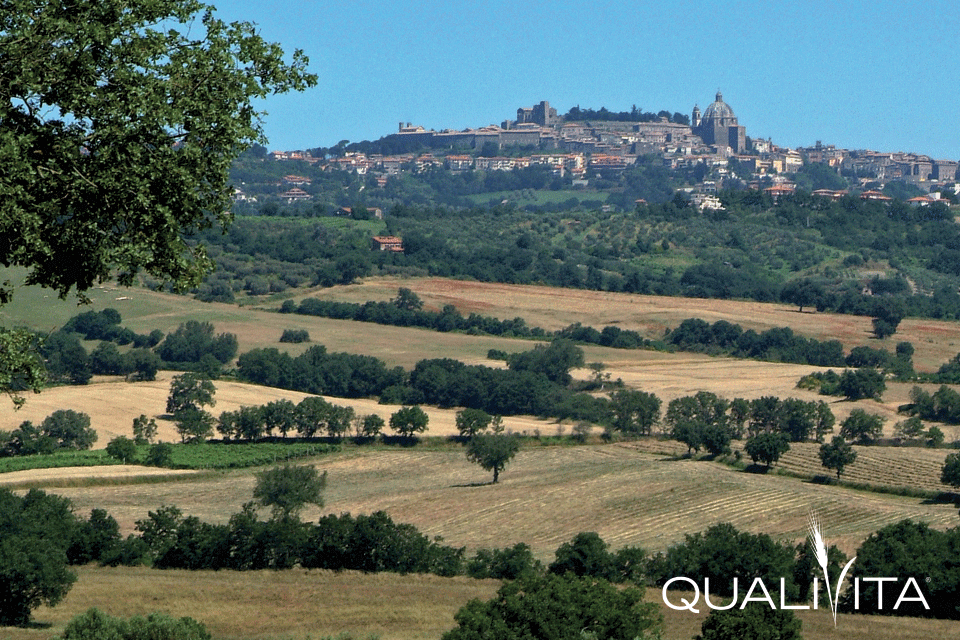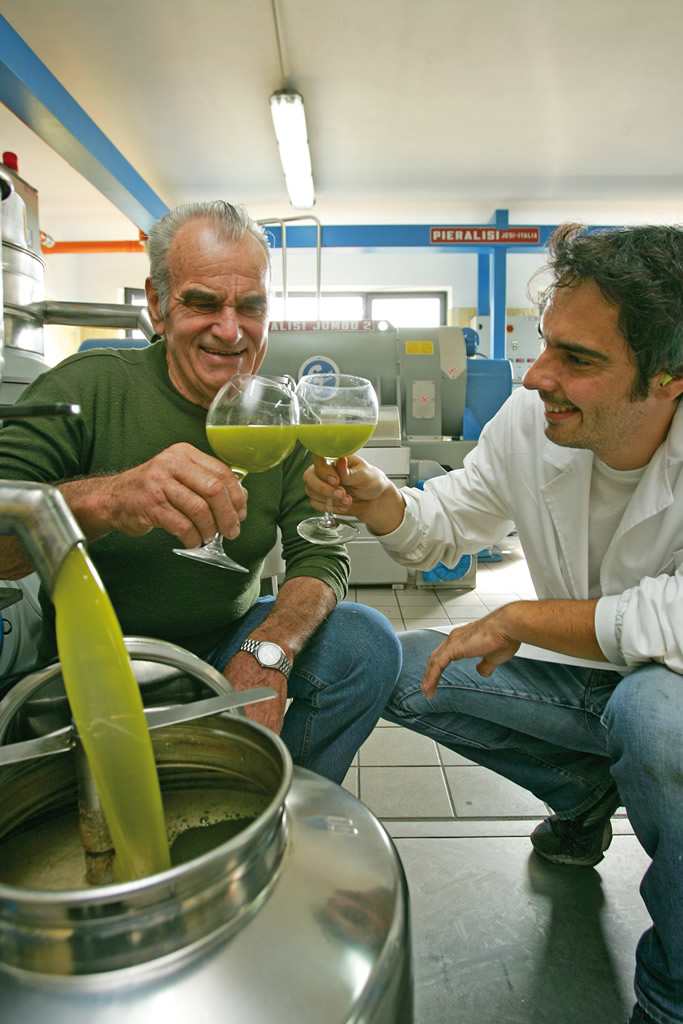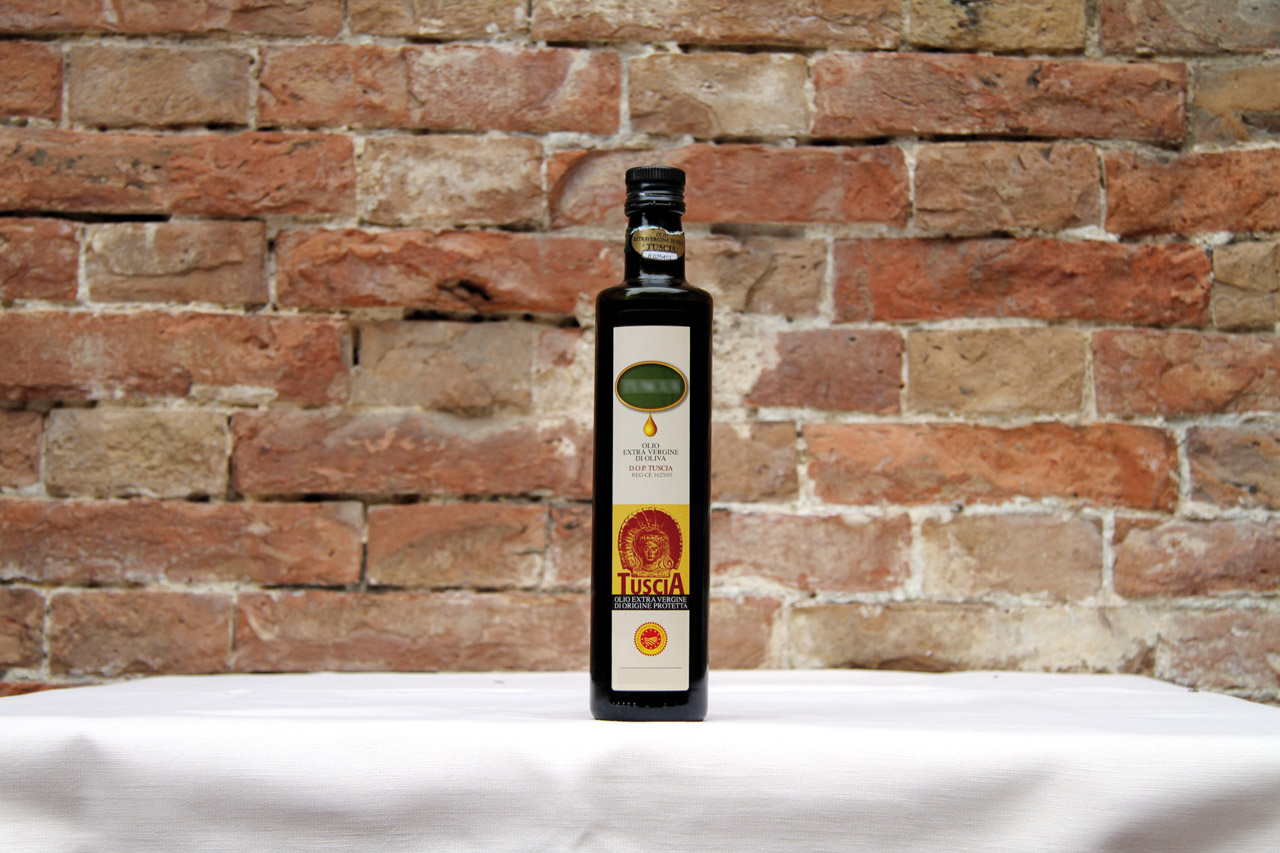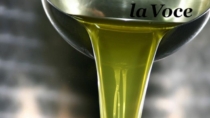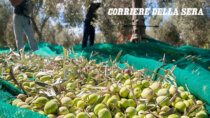Description
Tuscia PDO extra virgin olive oil is obtained from the Frantoio, Leccino and Caninese olive varieties, which must make up at least 90% of the groves, individually or combined. Other varieties may make up the remaining 10%.
Production Area
The production and processing area of Tuscia PDO extra virgin olive oil is within the territory of 52 municipalities in the Province of Viterbo, in the Lazio region.
Production Method
The olives must be harvested directly from the trees, either by hand or mechanically, between the first ripening of the fruit and December 20th for the early varieties, and January 15th for the late varieties. The olives must be transported to the mill in rigid, ventilated containers within one day of harvesting, and they must be washed in potable water at room temperature, graded and defoliated by the following day. The malaxation of the olive paste can last for up to 60 minutes, at a temperature of no more than 30 °C; double centrifugation of the paste is not permitted (a method known as “ripasso”). The oil extraction processes must be completed by January 16th and the oil yield cannot exceed 20%.
Appearance and Flavour
Tuscia PDO extra virgin olive oil is emerald green with golden reflections. The smell is fruity, reminiscent of healthy fresh olives. It has a mildly fruity flavour with a well-balanced bitter piquant aftertaste.
History
The cultivation of olives in the production area of Tuscia PDO extra virgin olive oil began to spread in the 6th century BC, strengthened by trading between the Etruscans, Greeks and Phoenicians. Numerous archaeological remains show that the local populations cultivated olives, such as olive stones found during excavations in southern Etruria and paintings discovered in Etruscan tombs.
Gastronomy
Extra virgin olive oil is highly perishable and must be stored correctly in order to maintain its organoleptic properties. It should therefore be kept in a cool, dark place at a temperature between 14 and 18 °C, away from heat sources and other foods that emit strong odours. It should be consumed within 4-6 months of pressing to fully appreciate its flavour. Tuscia PDO extra virgin olive oil is very versatile because of the different types of olive varieties used to produce a range of oils with different flavours, capable of satisfying every palate. It is appreciated for its delicacy and sapidity, and is suitable for using in many Italian dishes.
Marketing
The product is marketed as Tuscia PDO extra virgin olive oil. It is sold in glass or tin plate recipients of no more than 5 litres. The label must bear the indication Tuscia, followed by the wording Protected Designation of Origin (PDO), the European symbol and the production year. The specific guarantee mark, which consists of a unique alphanumeric code that ensures the traceability of the product, must be on the packaging.
Distinctive Features
Tuscia PDO extra virgin olive oil is characterised by a maximum acidity of 0.5 g per 100 g of oil.




